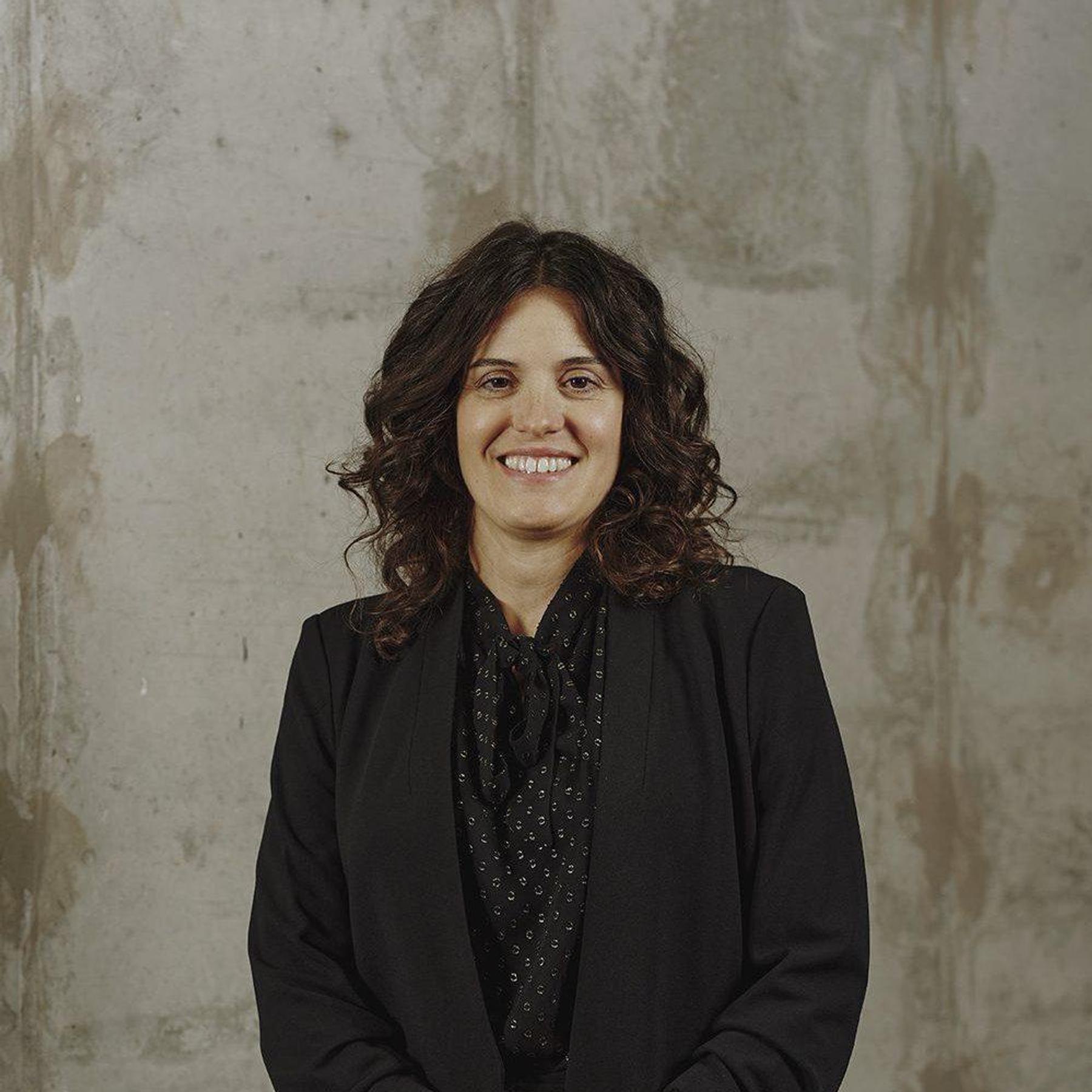Founder-CEOs of Tough Tech companies face an unusual challenge while building their companies. Aside from their creativity and intellect, these founder-CEOs have achieved success due to their ability to communicate their work to truth-seeking, scientifically and technically rigorous audiences. But translating an academic breakthrough into a Tough Tech company requires a different, but complementary communication framework — one that first-time Tough Tech founders often have difficulty reconciling. They must navigate the tension between being “true” and “selling” to investors during fundraising.
Yuval Noah Harari states that humans are better at collaborating than any other species on the planet, and we can collaborate on a big, even global scale, in large part, due to storytelling. He juxtaposes storytelling with lying. The intention of lying is to deceive, while storytelling is intended to inspire, communicate, and influence.
Tough Tech founder-CEOs have succeeded on measures of academic rigor, including the ability to communicate conclusions to an audience that demands proof and data. This framework of communication is essential within the domains of science, engineering, and technology R&D — we want to know, for example, that a vaccine is safe and effective before administering it to millions of people, we want to know the efficiencies of a carbon-capture technology before it scales, we want to know the health implications of alternative protein sources, the list goes on. However, holding this measure of success is challenging when one needs to communicate a vision of something that may not yet exist or have definitive proof points.
Articulating the vision of a nascent Tough Tech company to prospective investors is a different thing altogether — it’s a story. Early-stage Tough Tech companies need stories with power and impact. When fundraising and recruiting top talent, founder-CEOs must articulate how the world will be different, and better, when the company’s technology is successfully commercialized. The audience must feel engaged and aligned with the company’s mission, while also understanding what is, in fact, true or the status of technology development today.
Storytelling is where Tough Tech founder-CEOs often swing too softly; it may, at first, feel uncomfortable, like giving a conclusion without data and results. But, more often than not, the story, or vision for the future, is what draws investors in.
We have worked with technical founder-CEOs on thousands of stories. Here are a few strategies we find most effective to help them build a new framework.
- Address “why should I care?” Use your story, what’s told and the way you tell it, to express the company’s mission. Stay genuine and be honest with your motivations. You should create a sense of urgency — what’s the problem and why is it important that your company solves it now? It’s important to immediately build empathy with those across the table. Why are they sitting down with you?
- Highlight the benefits of the tech, not the tech itself. It’s difficult for technical founders not to go deep into the specifics of the technology and get trapped there. Always lead with the benefits of the technology and why it really matters. There will always be time to dive into the tech: if you have made investors care, they will do the work to understand.
- Develop verbal cues. Be intentional about the language and structure of your presentation. Use verbal cues to clearly convey what you are talking about — is it today, on the path to get there, or in the future? These verbal cues may be small, but important for both parties in building credibility and trust. Verbal cues may be: “in the fullness of time” (future) or “in the next phase” (plan to get there) or “we expect X in 2 years” (plan to get there) or “we have already shown” (today) or “to date, we have demonstrated” (today).
- Split the voices. We have seen founder-CEOs work with their co-founders or teams, namely CSOs or CTOs, to have them discuss and answer scientific and technical questions, even when the CEO is highly technically competent.
- Highlight credibility factors. Highlight the accomplishments and achievements of the founding team, advisors, and the technology itself. This can help founder-CEOs quickly feel comfortable and shift into the storytelling mindset by intentionally laying out credibility markers.
Selling while being “true” is a tension for Tough Tech founder-CEOs. We have had the privilege to support such founders as they learn to deliver a genuine, cohesive, and engaging story arc. That is, they share their story in parts, starting with the context — what’s the problem their company is solving, followed by the vision for how their solution at scale will accomplish that, and where the company, the technology, and the science are at today. They emerge as deeply inspiring storytellers who keep (and even advance) their technical chops, capturing the interest and attention of like-minded investors, who then dig into how the company gets from today to tomorrow.
There is nothing more exciting than seeing these CEOs in action with investors, their teams, and advisors to build companies. Except, of course, meeting the next founder bold enough to start on the journey!


